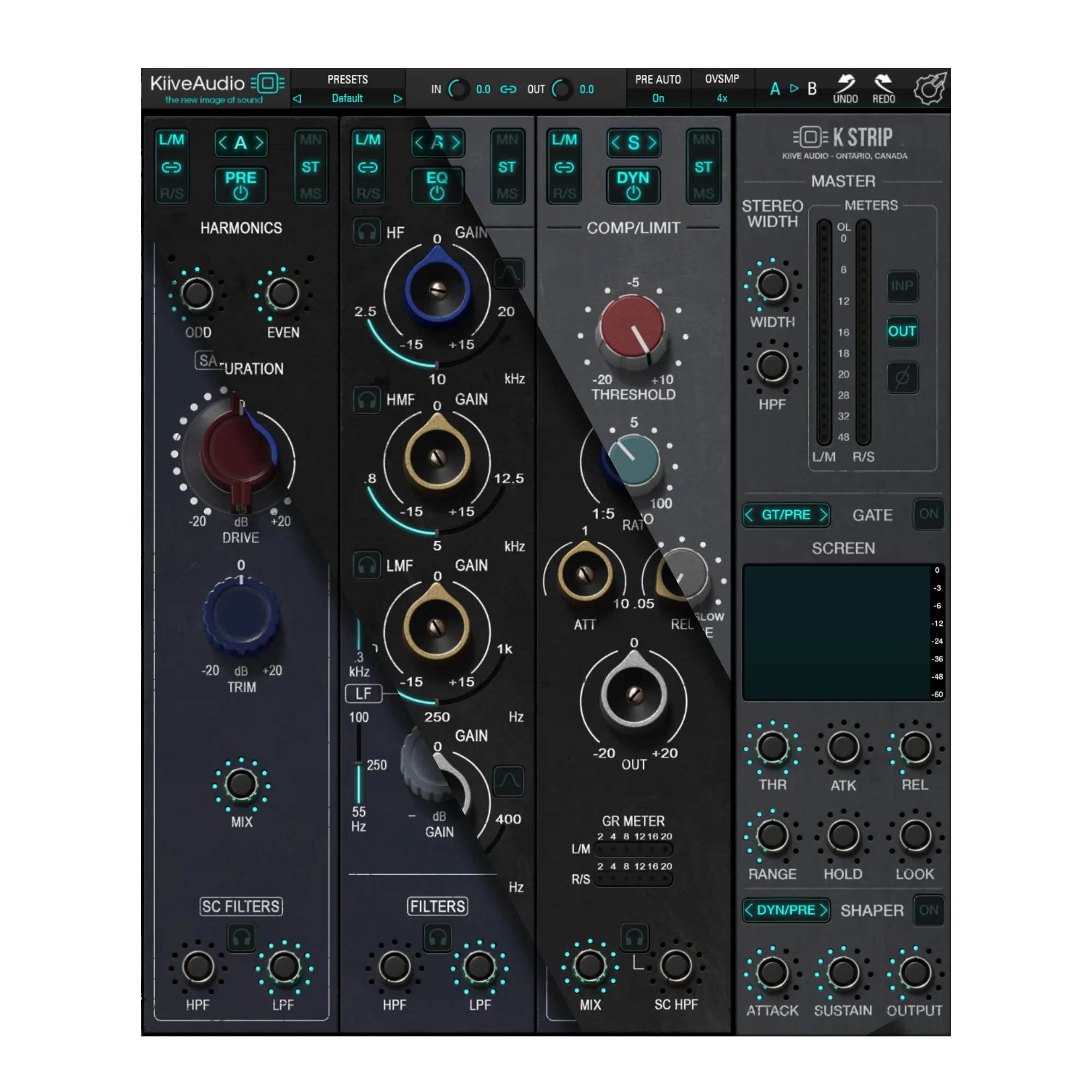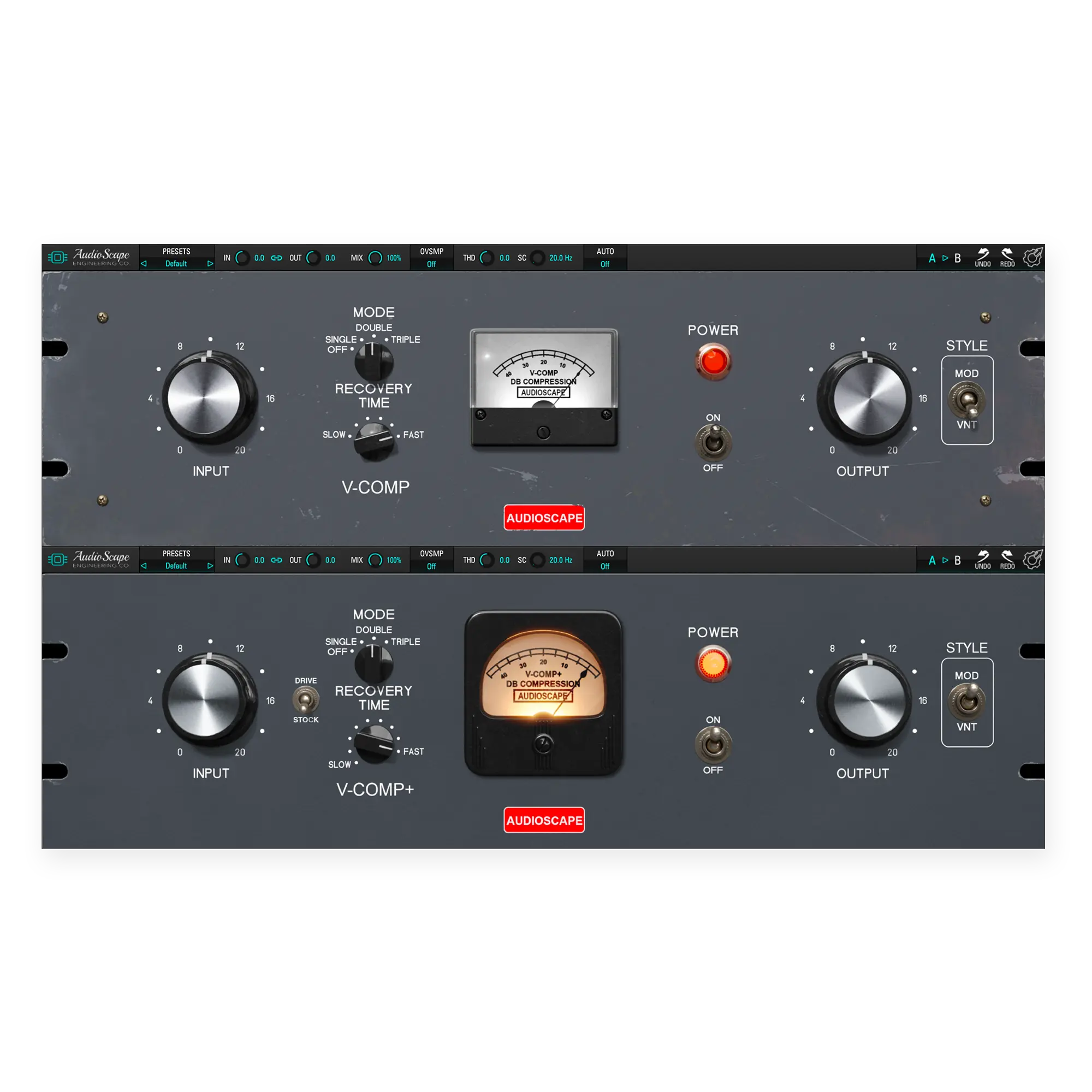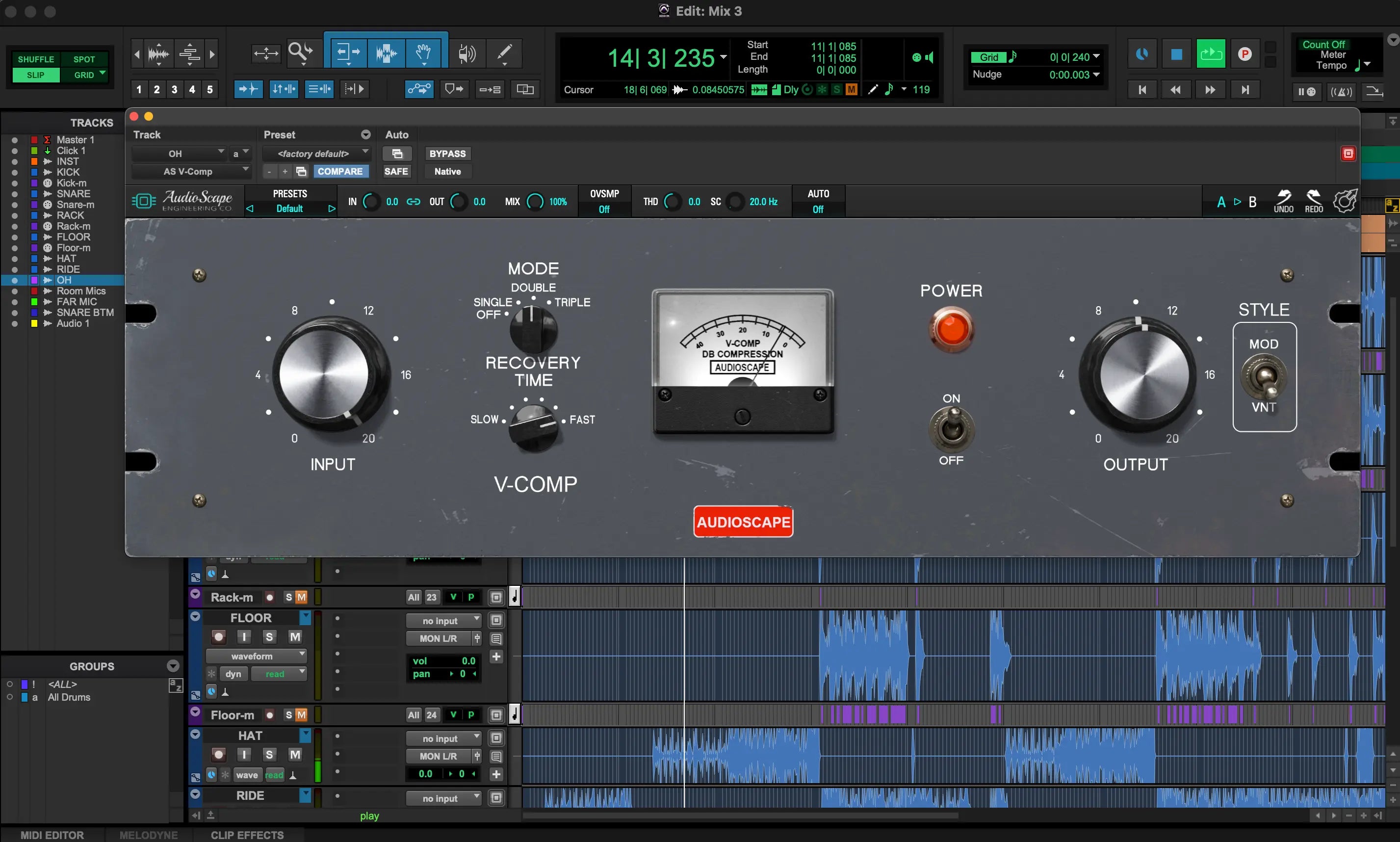The art of shaping and sculpting sound relies on a blend of time-honored techniques and innovative approaches. Among these methods, sidechain compression stands out, not only as a technical solution to mixing challenges but also as a creative tool for imbuing tracks with a distinct sonic identity. As we venture into the depths of sidechain compression, we'll uncover what it is, practical applications, and the magic it brings to various musical genres.
What is Sidechain Compression?
While traditional compression reacts to the amplitude of the track it's applied to, sidechain compression responds to a separate input – the sidechain source.

Imagine you're listening to a radio and the music dims every time the DJ speaks; that’s sidechain compression at work. The DJ's voice is the sidechain source causing the music to be compressed.
- Regular Compression: Reduces the dynamic range of a track when its volume goes above a certain threshold.
- Sidechain Compression: Reduces the dynamic range of a track when a different track (the sidechain source) goes above a certain threshold.
The Mechanics Behind It
The heart of sidechain compression is the relationship between two tracks: the one you're compressing (often called the "target") and the one that triggers the compression (the "key" or "sidechain source").
When the sidechain source plays, and its volume surpasses the threshold set on the compressor, it causes the target track to be compressed. By adjusting typical compressor parameters like attack, release, ratio, and threshold, you can define how pronounced and responsive the effect is.
Setting up Sidechain Compression in Your DAW
Setting up sidechain compression will slightly vary depending on the DAW, but the core principle remains consistent. Here’s a general step-by-step guide:
- Insert a Compressor: Add a compressor plugin on the track you want to compress (the target).
- Choose the Sidechain Source: There will typically be a sidechain or key input option on the compressor or within the main plugin parameters of your DAW. Here, select the track you want as the sidechain source.
- Adjust Threshold and Ratio: Lower the threshold until the target track is being compressed when the sidechain source plays. Modify the ratio to determine how much compression is applied.
- Fine-tune with Attack and Release: Decide how quickly the compressor starts and stops compressing after the sidechain source plays.
Practical Uses in Different Genres
While the mechanics of sidechain compression remain consistent, its application can vary widely depending on the musical context. Let's dive into how this technique can be employed across different genres:
Electronic Dance Music (EDM)
In the EDM world, sidechain compression is almost synonymous with that pulsating "pump" effect. Here are common uses:
- Ducking the Bass for the Kick: By sidechaining the bassline to the kick drum, producers ensure that every time the kick hits, the bass momentarily lowers in volume. This provides clarity and prevents low-frequency clashes.
- Rhythmic Pumping Effects: Beyond just the bass and kick relationship, sidechaining various instruments to a rhythmic element can induce a synchronized pulsing effect throughout the track, adding to the dance vibe.
Hip-Hop & R&B
The groove is paramount in Hip-Hop and R&B. Sidechain compression can be a tool to accentuate and finesse that groove:
- Sidechaining Elements to the Kick or Snare: Just like in EDM, sidechaining certain elements (like a bass or pad) to the kick or snare can help accentuate these critical beats, making the groove more pronounced.
Rock & Pop
In genres where vocals and melody are kings, sidechain compression ensures these elements shine:
- Sidechaining Guitars to Vocals: If a rhythm guitar and vocal are competing for space, sidechaining the guitar to the vocal ensures that every time the singer hits a note, the guitar momentarily ducks, giving vocals the spotlight.
Ambient & Soundscapes
In more experimental genres, sidechain compression becomes a tool for texture and movement:
- Creating Dynamic Movement: Sidechaining pads or drones to a rhythmic element, even one that might be silent (a ghost trigger), can introduce a sense of rhythm and movement to otherwise static sounds.
Tips for Effective Sidechaining
To get the most out of sidechain compression, keep these pointers in mind:
- Adjust the Attack and Release Thoughtfully: A fast attack will make the compression start almost instantly when the sidechain source plays, while a slower attack will introduce a slight delay. The release determines how quickly the compression stops after the sidechain source ends. Both can drastically change the feel and groove of the effect.
- Choosing the Right Ratio and Threshold: A higher ratio means more compression, but too much can make the effect overly pronounced and unnatural. The threshold determines when the compression kicks in; setting it too low might make the effect too subtle.
- Beware of Over-compressing: It's easy to get carried away, but always listen critically. Overusing sidechain compression can drain the life out of a mix.
Conclusion
Sidechain compression, while technical at its core, is truly an artistic tool in the hands of a producer. Whether you're looking to craft a dance floor anthem, a soulful ballad, or an experimental soundscape, understanding and mastering this technique can elevate your productions. Remember to always experiment and use your ears to find the most unique and fitting sounds for your productions!











Leave a comment
All comments are moderated before being published.
This site is protected by hCaptcha and the hCaptcha Privacy Policy and Terms of Service apply.